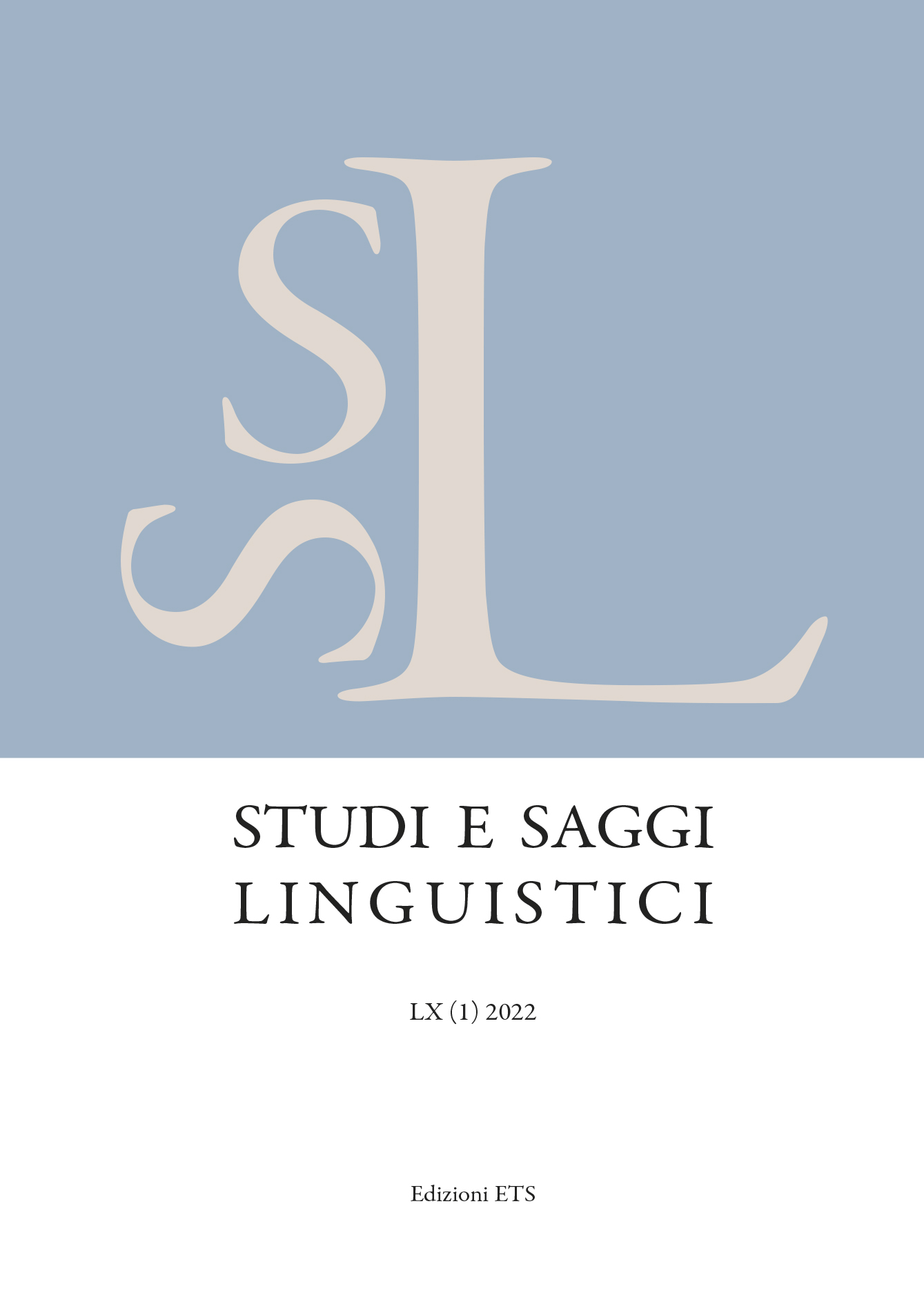Avestico -ā̊ŋhō, avestico recente -ā̊, khotanese antico -e e lo sviluppo in khotanese dei temi antico-iranici in -i e in -u
Pubblicato 2022-07-27
Parole chiave
- Khotanese,
- Avestan,
- Middle Iranian,
- inflectional morphology,
- nominal morphology
Abstract
Lo scopo dell'articolo è ricostruire l'origine e l'evoluzione di un gruppo di sostantivi khotanesi la cui analisi diacronica è stata a lungo oggetto di dibattito. Questi sostantivi, di genere maschile, sono ben attestati nei testi in khotanese antico e presentano una flessione che si sovrappone parzialmente a quella dei temi in -a-, con un'importante eccezione: il nominativo-accusativo plurale -e, che contrasta con il regolare nominativo-accusativo plurale -a della declinazione tematica in -a-. In modo analogo, anche alcuni sostantivi delle declinazioni secondarie in -aa- e -ua- presentano una desinenza -e al nominativo-accusativo plurale. Attraverso una nuova raccolta dei membri appartenenti a queste classi flessive e una rassegna etimologica delle desinenze e delle forme rilevanti, l'articolo sostiene che quattro tipi flessionali dell'iranico antico siano confluiti in pre-khotanese: (1) il neutro tematico (temi in -a- neutri), (2) alcuni nomi maschili tematici (temi in -a- maschili), (3) i temi in -i- maschili e, possibilmente, (4) i temi in -u- maschili.
